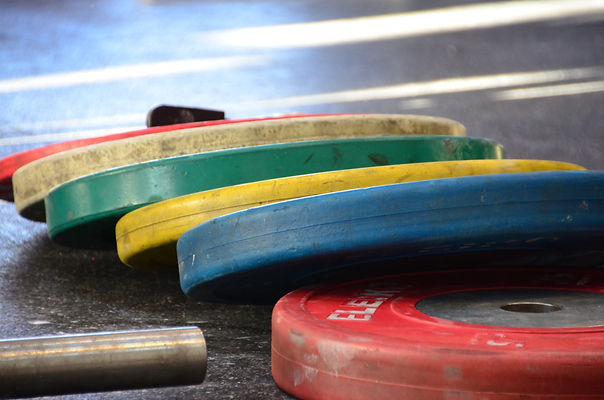Lately I have been working with more and more athletes that are restricted in ankle dorsiflexion. This restriction is becoming apparent when my newer athletes are unable to perform a full squat. The fact is that if you have limited ankle dorsiflexion range there is a host of functional movements that you will not be able to perform correctly, and possibly you may be putting yourself at increased risk of injury at other joints. Athletes that hope to squat ATG (ass to grass) should be constantly working on their ankle mobility. Having adequate range will allow the athlete to reach the proper depth without major compensations from other structures.

One of the best things about ankle mobility is that many of the drills can be performed without additional help. That is to say athletes are able to perform these drills on their own either before, after or during their training sessions. With the use of a tape measure an athlete can keep track of their dorsiflexion range and see if they are making change overtime. Athletes should aim to have approximately 5-6 inches of dorsiflexion range in a measured knee to wall test.
So how do I tell if my ankle range is adequate?
Apart from having 5-6 inches of ankle range, the simple test is can you perform a bodyweight squat with your arms reached out over your head without your heels coming off the ground? If you can perform this comfortably that you likely possess the adequate range in your ankles (as well as other bodily structures) to do weighted front or back squats. If you do not than the following strategies may be of use to you to get your ranges to where they need to be. If you perform the following ankle drills regularly and still see little change in your squat than other structures may be the problem and you can check out my other articles on commons squat problems [HERE] and [HERE]
How can I squat in the mean time?
If you have identified your ankles as being your primary problem there are a couple strategies that you can employ to help you get by until you are able to make a change in your range:
Turning your toes out 15 degrees or so. This will place less rotational demand on the ankle joint itself and allow for a deeper squatting position with less dorsiflexion.
Elevate your heels, or wear heeled shoes. This will limit the amount of ankle range necessary to achieve depth. The higher the elevation the less range that you need to achieve this.
Self Myofacial Release of Calf and Plantar Fascia
Perhaps one of the easiest things someone can do to start to restore range to their ankle is to begin rolling their calf. This can be done in a few different ways including on the back of the calf, or turning the body to the side and getting the lateral aspects of the calves. Generally 30sec-1 minute should be used up and down the entire length of the muscle, when tender spots are targeted pausing on these spots and moving the foot can help to release these areas. If a foam roller is to soft, a Foam Roller, Lacrosse ball, or Softball may be just what the doctor ordered.
Calf Stretching
Now that we have released those tissues using the Foam Roller we can begin to stretch the loosened tissues. You can begin to hold stretches for up to 30 seconds, and also use multiple sets of 10-15 second holds. Elevating the toes against a wall, or on a plate can help to increase the stretch. After elevating the front of the foot begin to push the knee slightly forward. Also be sure to have the foot in a neutral position (facing straight forward).
Ankle Mobility Rocking Drills
After rolling and stretching ankle mobility drills can be utilized to increase the functional dorsiflexion range. There are many different drills that can be incorporated and a quick google search will show plenty of results. In general these drills are done by having the foot remain flat on the ground and driving the knee forward to force the ankle into dorsiflexion. This can be done with band distraction, or with a dowel to ensure the foot stays out of pronation. Using a variety of these types of drills may be the best approach.
Conclusions
After you have identified that ankle mobility may be an issue for you utilizing this 3 step strategy daily may be a great option to recovering this lost range. Using a tape measure against the wall to measure your active range is a great strategy to see if the changes you are after are actually occurring. I encourage everyone who has trouble with their feet remaining flat during an overhead squat test to give these strategies a try.
Photo Credit
Photo Credit via Photo Pin CC


Comments